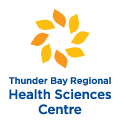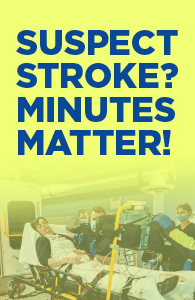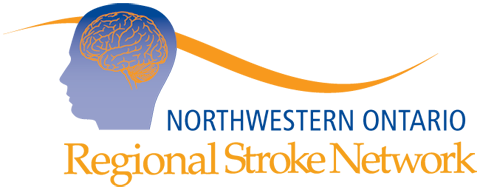Stroke
What is a Stroke?
Stroke is a sudden loss of brain function. It is caused by a disruption in blood flow to a part of the brain. It occurs when the blood vessel either ruptures or becomes blocked. A stroke deprives the neurons and other brain cells of glucose and oxygen, which leads to cell death. The longer the brain is deprived of oxygen and nutrients, the higher the likelihood of permanent damage to the brain.
Stroke results in permanent death of one region of the brain – it is a form of permanent brain damage. The effects of a stroke depend on the location and severity of damage.
Stroke is a medical emergency. An average of 1.9 million brain cells die every minute after a stroke. Treatments for acute ischemic stroke vary, but include: clot-busting drugs or new advanced treatments in appropriately selected patients. Acting quickly can improve survival and recovery. Time is Brain!
Impact of Stroke in Canada
- http://tbrhsc.net/nwostroke/patients-and-caregivers/stroke-information/stroke/
- Every year, approximately 62,000 people with stroke and transient ischemic attack (TIA) are treated in Canadian hospitals. That’s 1 patient every 9minutes.
- Stroke and other cerebrovascular diseases are the third leading cause of death in Canada.
- Stroke is the leading cause of adult disability, with over 405,000 Canadians living with the effects of stroke.
To learn more about the impact of stroke in Canada go to the Heart and Stroke Foundation website: Canadian Stroke Best Practices
Types of Stroke
There are two types of strokes: ischemic (80-85% of all strokes) and hemorrhagic (15-20% of all strokes).
- Ischemic Stroke
- An ischemic stroke is caused by interruption in blood flow due to sudden blockage of a brain artery.
- Hemorrhagic Stroke
- A hemorrhagic stroke is caused by rupture of a brain artery leading to bleeding into the brain or into the spaces around the brain.






